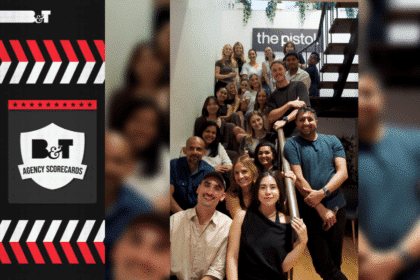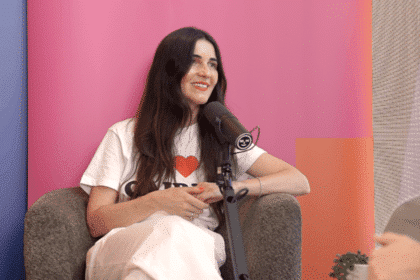Since midnight yesterday, the election media blackout has been in force, prohibiting political ads from being shown on TV or radio until the polls close on Saturday.
But in a world where there are multiple sources of content, Free TV believes the media blackout just a “relic” of the past.
The purpose of the media blackout is to ensure voters have a “cooling off” period where they can make up their own minds without being bombarded with information.
However, in a statement, Bridget Fair Free TV CEO expressed how outdated the blackout is: “The election advertising blackout is a relic of the 1980s – and it’s completely out of step with today’s media landscape,” she said.
“It’s absurd that broadcasters are banned from airing political ads in the final days before an election, while unregulated digital platforms are free to flood voters with content right up to – and including – polling day.”
Hundreds of early polling centres were open from 22 April, allowing Aussies to cast their votes before the media blackout came into effect. In fact, AEC estimated that more than 4 million people have already voted in this election—a 26 per cent increase from 2022.
“By election day, close to half of all Australians will have already voted – many after seeing political ads online and on TV”, added. “Yet, come polling day, the only place you won’t find a political ad is on television or radio. That’s not just outdated – it’s illogical.”
While you won’t see Messrs Albanese or Dutton on TV or hear them on radio, they’re free to utilise channels such as TikTok and Instagram, as long as they are running organic content and not paid ads. Australian influencer platform Fabulate has shown that Albanese is using the platform more effectively.
“This is an election campaign where the votes of young Australians have mattered like never before,” said Nathan Powell, chief strategy and product officer, Fabulate. “TikTok is a central platform for reaching many of these voters and the numbers clearly show Labor and Albanese were far more effective in utilising the TikTok platform to do it.”

Free TV also raised concerns about the anti-competitive impact of the blackout. As regulated broadcasters are forced to go dark during the most crucial days of a campaign, advertising dollars flow instead to global digital platforms that face no equivalent obligations.
“This is a clear case of regulation failing to keep up with technology,” Fair said. “It creates an uneven playing field that harms Australian media businesses who spend more than $400 million a year on news and current affairs funded by advertising.”
Considering the popularity of early voting and the prevalence of social channels, Fair believes that reform is needed.
“Multiple government reviews over the past decade have recommended reform – it’s time to act. The blackout no longer serves its original purpose and only penalises the most transparent and accountable media providers in the country,” she said.








